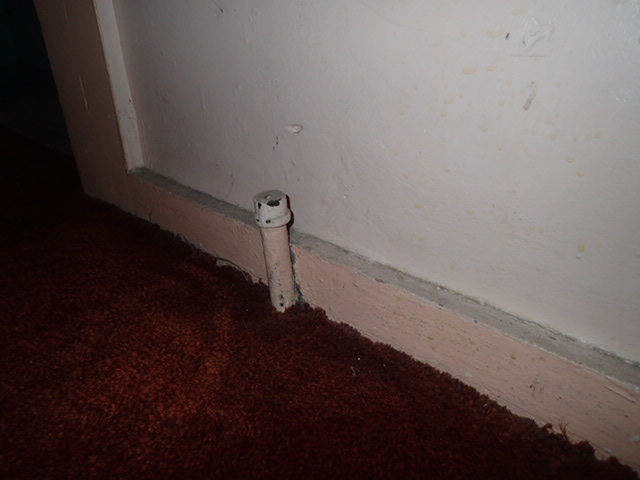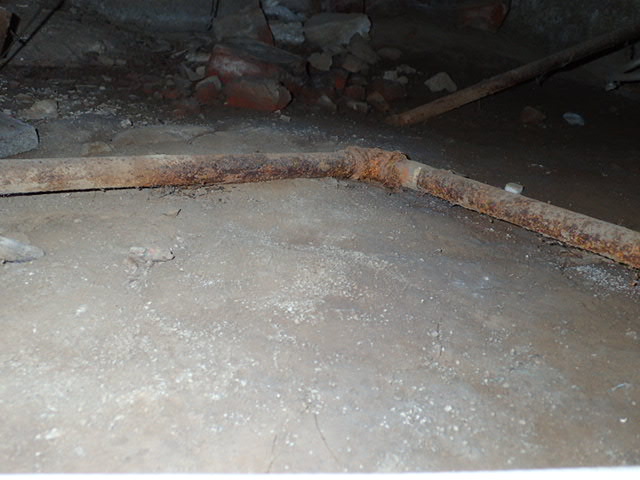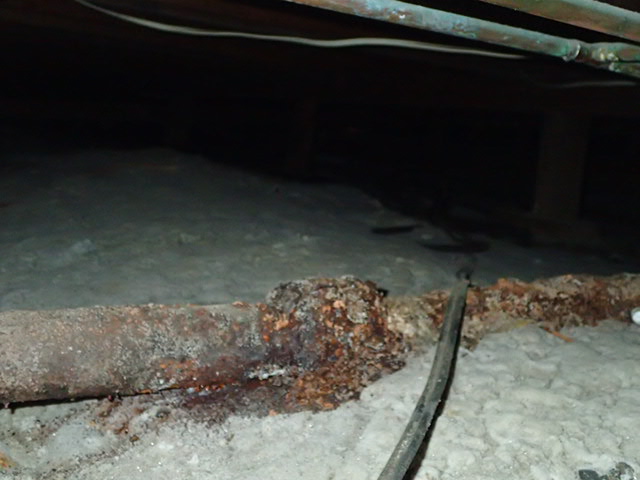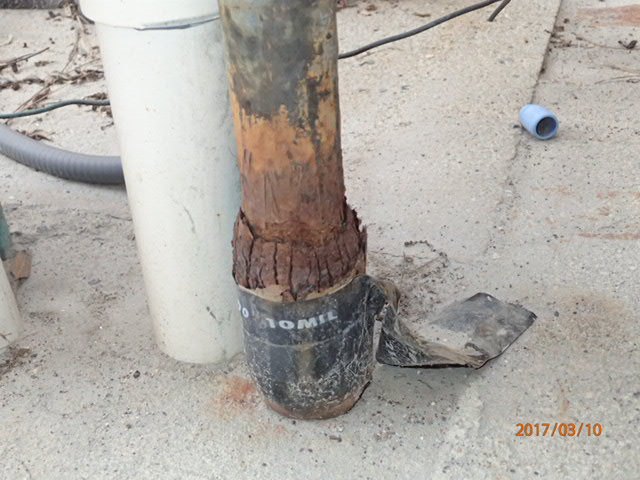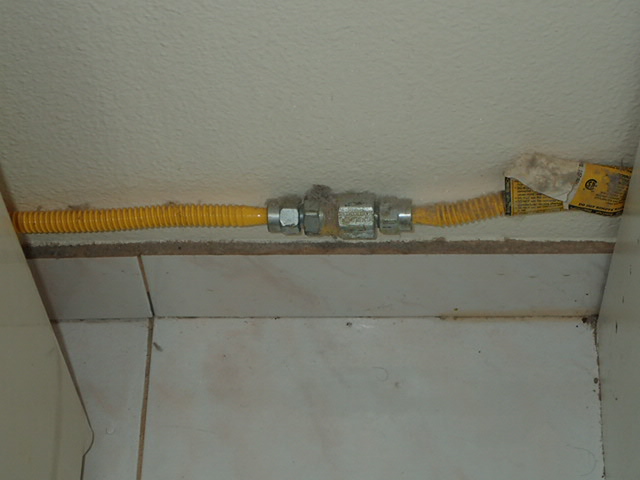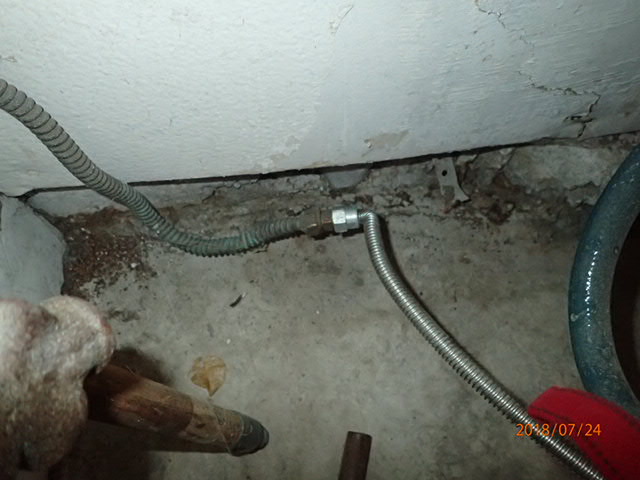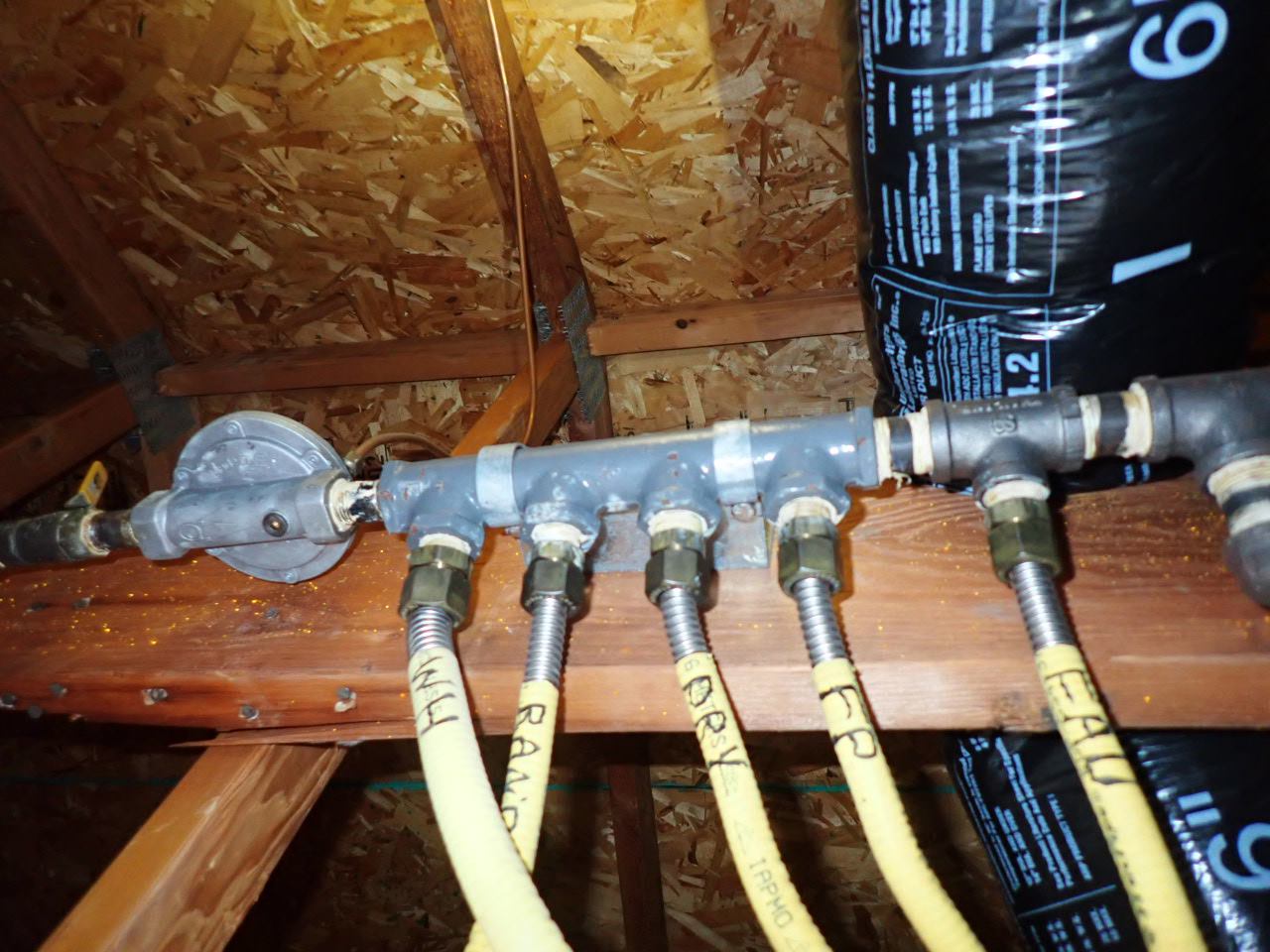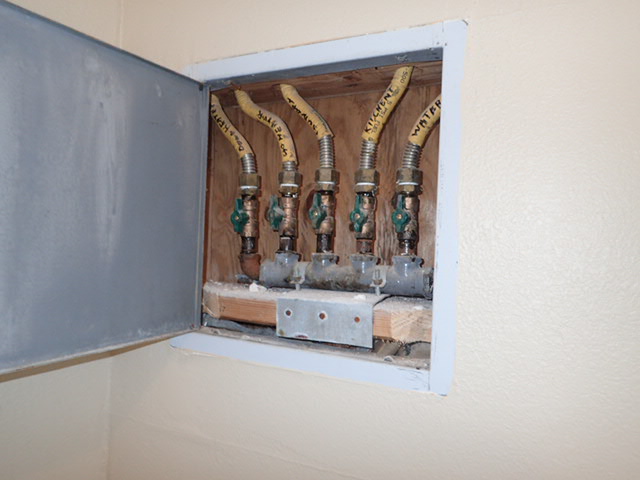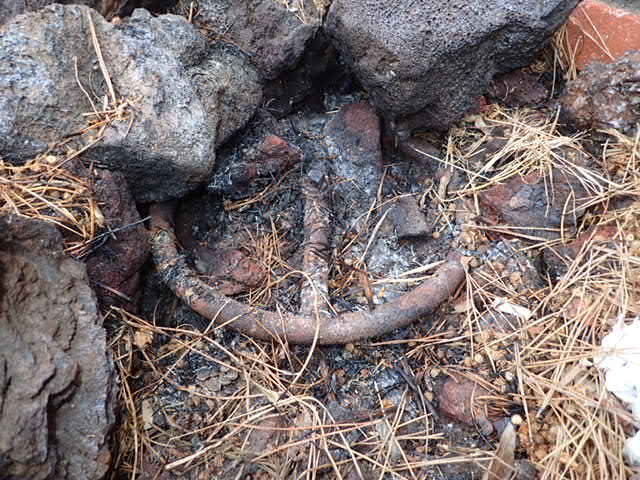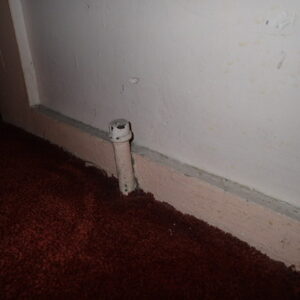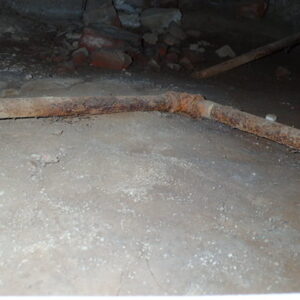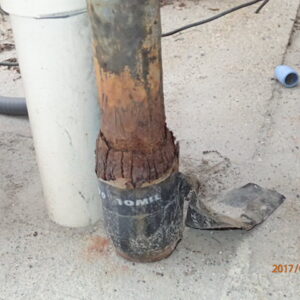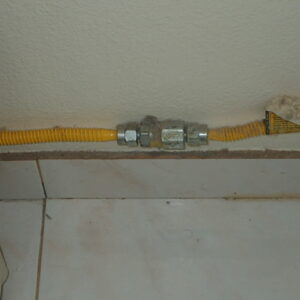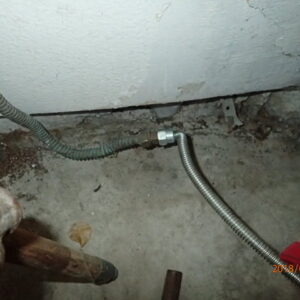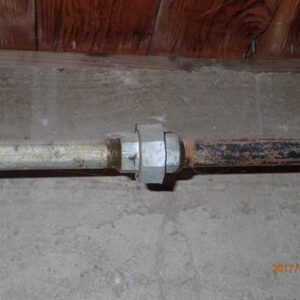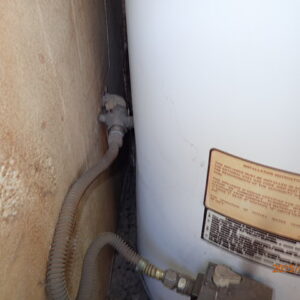Gas Plumbing
It is important to compare the size of the gas meter to the total possible volume of gas-fired appliances on the property. Remember the gas meter will also have to feed things on the outside of the house including barbecues and pool heaters.
Examples were given about how to calculate the size of the gas meter for your residence in the previous gas utility page. It also behooves everyone to physically look at the meter to look at the plumbing of the pipes. Coming from the city on the high-pressure side that is 40 to 80 psi for the natural gas will usually come in from the ground at 3/4 of an inch. But it is high pressure from the city pump that has to go miles and miles away from their equipment. On the residential side that the homeowner is in charge of, the standard many decades ago was a little half inch pipe. Not a whole lot of gas can get through that little pipe and it actually restricts the meter from breathing freely. A good analogy is like an automobile engine that has all sorts of mufflers or has open headers so the engine can breathe. But the gas meter will not be noisier like the old cars with a header.
This century most of the residential side will be 3/4 of an inch. The union holding the pipe is actually capable of a 2 inch diameter pipe. For residential properties that have a pool, multiple bathrooms, possibly multiple heaters and barbecue and fireplace, having the gas flow unrestricted is what is desired for optimum performance of all the gas fire appliances.
Moving past the plumbing at the meter, you should also be aware of the plumbing on the grounds of the property. Literally talking about the “ground” often has a gas line getting buried in the soil as it goes out to the garage that may be separated from the house or out to the patio for the barbecue, etc. All steel gas lines are supposed to be protected as they are buried in the soil. Protected? That means the steel pipe is supposed to be wrapped with a special tape the entire length that is buried to minimize moisture, causing excessive corrosion. Generally contractors will buy steel pipe that is mechanically wrapped from the factory and is colored green and that is a much more resistant product than someone attempting to do field operations and wrapping it with tape. But the rules are there so buried gas line is not supposed to corrode.
There can also be plastic PVC pipe put underground that will never rust. The requirements for PVC pipe has to be a certain schedule so it is durable and not easily snapped or damaged. When using plastic PVC pipe for gas lines, the line is also supposed to have a 14 GA (UPC) copper wire attached to the plastic and buried so that a metal detector could find where the pipe is if ever repairs are needed. They are also supposed to be buried to the depth of 12 inches or more so that no little gardening tills can cut and break any pipe creating a exceedingly dangerous situation with a gas leak. And PVC is not allowed “Inside” the structure. Rules, rules, rules.
Now every steel pipe has the opportunity of corroding. Approved for gas lines is what is called “Black pipe”. This material has no galvanized zinc plating that can flake off and peel. Like old car chrome bumpers can peel the chrome or paint can peel off a house, any plating to preserve the metal can peel overtime and clog the small orifices of gas appliances. So any steel pipe has no galvanized plating. That’s why it rusts easily because it’s raw steel.
Steel pipe that is not buried is supposed to be a minimum of 3.5 inches above grade if on the exterior. That usually means it’s run along the side of a house until it reaches the barbecue, fire pit or goes underground, and then needs to be the proper material for burial. This is often where a homeowner or a handyman simply starts burying things or letting it lay on the ground. Steel pipes corrode on dirt. In a crawlspace, all the pipe is supposed to be properly secured and again, not on or in the soil. Even better is when it is attached to the floor joists so a plumber doesn’t have to go through limbo, trying to crawl when it is already a tight area to work inside.
For plumbing gas lines, it is very handy to connect one line to the next using a union fitting. Union fittings are not allowed in inaccessible areas because they can leak easier than a solid pipe. Unions are not allowed in the crawlspaces for this reason. That means hard piping is what needs to be run during construction under a house. Different Cities may call out the attic as also not accessible. Check with your local Building Department. The modern use of CSST (corrugated stainless steel tubing) has made re-piping gas lines easier as the product comes in 25 foot and 50 foot lengths and can turn left or right and reduce what would normally be many individual pieces that all have the possibility of leaking at every pipe joint. CSST is also not allowed for direct burial so in a crawlspace, it is supposed to be properly supported above the soil.
Another concern is when a home owner may attach two flexible lines together that is not allowed. Frequently behind the stove or dryer or near the water heater is where this happens. You need to buy the correct material to do it and it’s all based on safety not trying to be mean to a homeowner.


